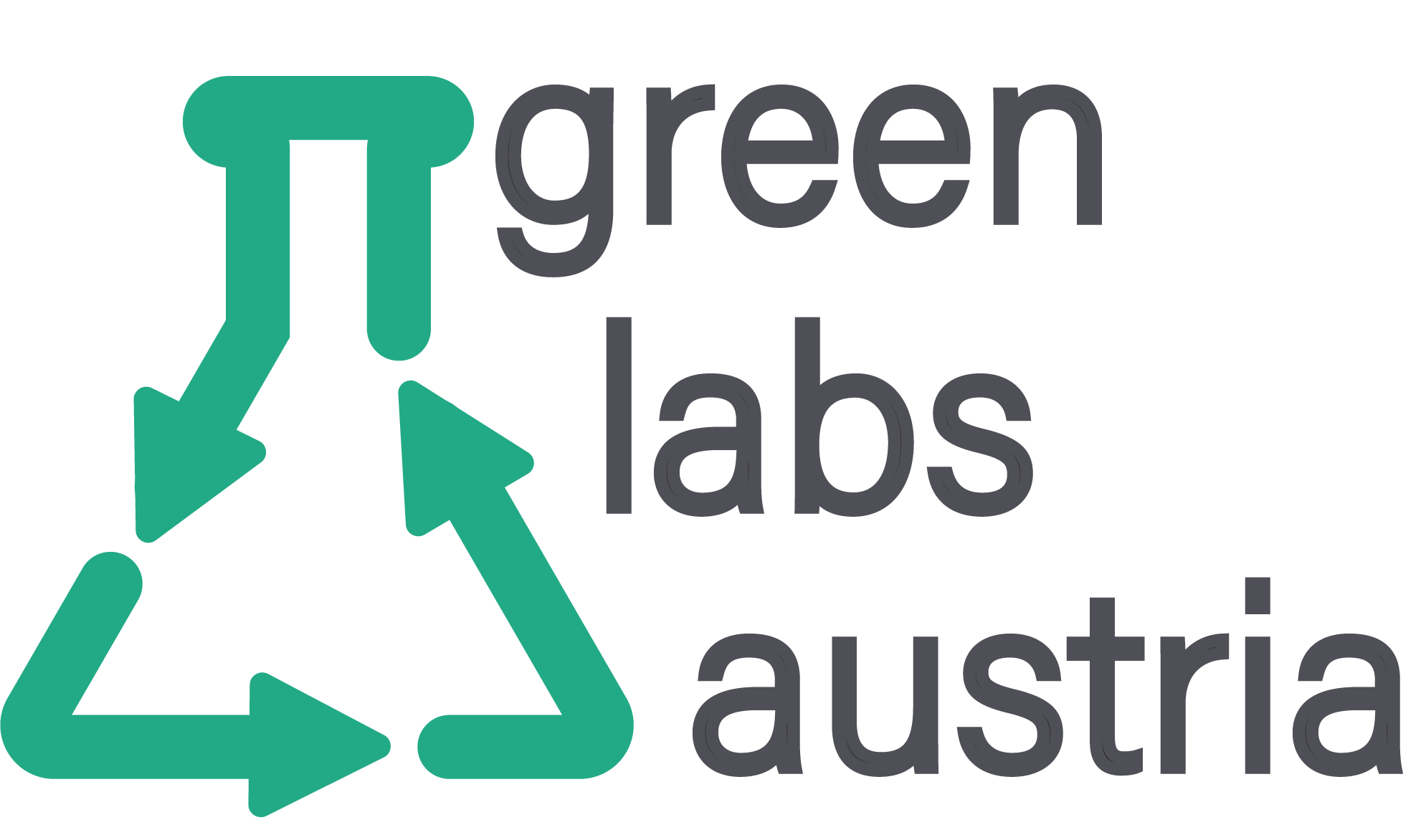Plastic products are an integral part of our everyday life. As the majority of plastic is produced from fossil hydrocarbons, it is a non-renewable resource. Furthermore, plastic is not biodegradable, eventually accumulating in the environment if not recycled or reused. A gruesome example is the great pacific garbage patch, an ever-growing “island” of plastic, estimated to span 1.8 million km² and containing 87.000 tons of plastic waste in 2018 (1). However, despite the tremendous amount of plastics produced worldwide, only a small fraction of plastic is recycled. It was estimated that only around 9% of plastic produced annually ends up being recycled, 12% is incinerated and 79% accumulate in landfills or the oceans (2). Labs contribute a significant amount of plastic waste. A study in 2015 estimated 5.5 million tons of plastic waste produced in bioscience labs worldwide (3). Plastic products are essential for most wet-lab research. Wherever possible, one-way plastic products should be avoided, but this is not always a possibility in research. However, plastic used in the lab can be recycled with a bit of extra effort. Recycling has found its way into our everyday life, while recycling in the lab still remains a challenge. The current fate of most lab plastics is to be autoclaved in an energy intensive process, and disposed as residual waste, where it will either be incinerated or dumped into a landfill.
As responsible scientists, we HAVE to reevaluate our use and disposal of plastics in the lab.
Implementing changes – an ongoing project:
Before implementing our changes, every lab workspace was supplied with one waste bin each, collecting the daily used lab resources like pipette tips and Eppendorf tubes. The waste collected was subsequently autoclaved and discarded as residual waste. This system was convenient to use, as one general waste bin was used for all types of waste, disregarding the need to autoclave or the possibility of recycling.
But this system was not sustainable.
So we decided to change it. Ipek, Kevin and I tried to come up with a plan to recycle plastic effectively. What started out as a casual dinner conversation soon became a streamlined plan on how to act. As famously quoted by Sun-Tzu, “You have to know your enemy.” So we tried to get to know the plastics we use everyday a bit better and evaluated which exact kinds of plastics they are made of. A list will be available soon.
In our lab, the plastics mostly in use are Polypropylene (PP), Polyethylene (PE) and Polystyrene (PS). Additionally, we need to separate plastic according to potential biological contamination into plastic that must be autoclaved before recycling, and plastic that does not need to be autoclaved. Thanks to the initiative of our labmanager Andrea, we were already in contact with our recycling partner Stöpsel Sammeln. Andrea had already established a recycling pipeline for PP and PE of pipet tip boxes. With this solid basis in place, we could expand our recycling efforts for PP and PE to other plastic items in the lab. For now, we have not found a satisfying recycling option for PS but we are exploring options in this direction.
Individual solutions depending on how and where plastic can be recycled are possible.
We came up with 4 categories that the plastic in our lab can be divided into:

From there, we decided to collect and divide plastic into these 4 categories. As 4 trash bins per bench seemed excessive, and our evaluation showed that most plastic used on the bench is PP, we supplied every bench with 2 waste bins for PP. PP is separately collected according to the need to autoclave in two bins. Additionally a bottle for liquid waste is supplied on every bench for excess culture media or reagents. This allows for an easy to handle separation of plastic directly on the bench without time consuming interruption. Every pipetting step produces PP waste, but PE waste is not produced as excessively. Materials containing PE are therefore gathered in 2 collective bins per room, again separating after the need to autoclave. Once the containers are filled up, the plastic waste is autoclaved and can then be pooled according to its type and is picked up by our recycling partner.
Implementing a system for better recycling is an ongoing challenge, that is far from done. We are currently testing the proposed changes and their applicability in our everyday labwork. Together with some volunteers, we are collecting our waste as we proposed and report our experiences and possibilities for improvement. We are also keeping track on how much plastic can be recycled this way per person, which will give us an estimate on how much plastic we could recycle in total.
In a week, the average scientist working in our lab produced 250g of PP.
Please note that this amount is based on a small sample size and was only measured over the course of 2 weeks. Nevertheless this gives us a first estimate on what amounts of plastic could possibly be recycled. In our lab, with a total of 16 lab benches, 208 kg of PP could be recycled.
Even though our recycling plan is far from complete, we think that it is best to start acting now where we can, and make improvements on the fly. Every gram of plastic counts.
References
- Lebreton, L., Slat, B., Ferrari, F. et al. Evidence that the Great Pacific Garbage Patch is rapidly accumulating plastic. Sci Rep 8, 4666 (2018). https://doi.org/10.1038/s41598-018-22939-w
- R. Geyer, J. R. Jambeck, K. L. Law, Production, use, and fate of all plastics ever made. Sci. Adv. 3, e1700782 (2017)
- Urbina, M., Watts, A. & Reardon, E. Labs should cut plastic waste too. Nature 528, 479 (2015). https://doi.org/10.1038/528479c

